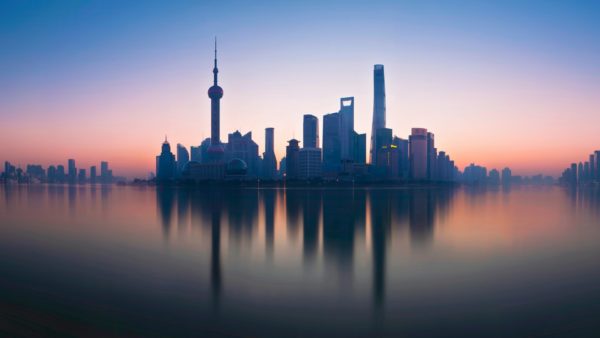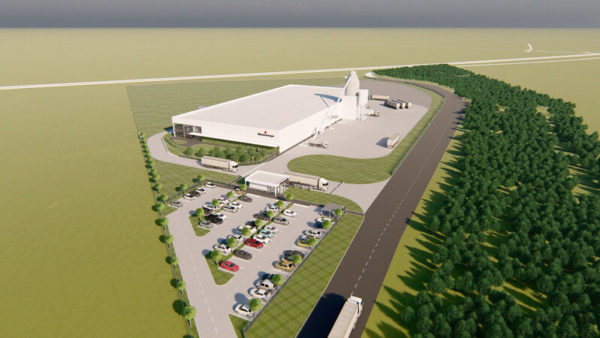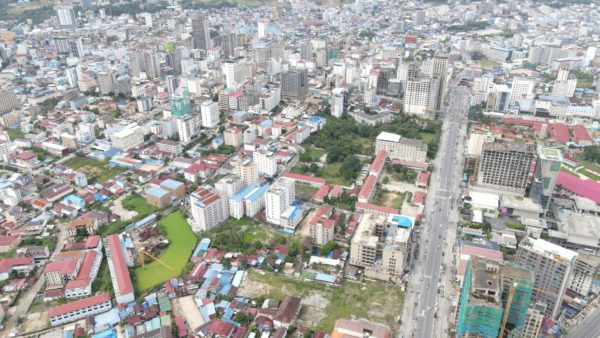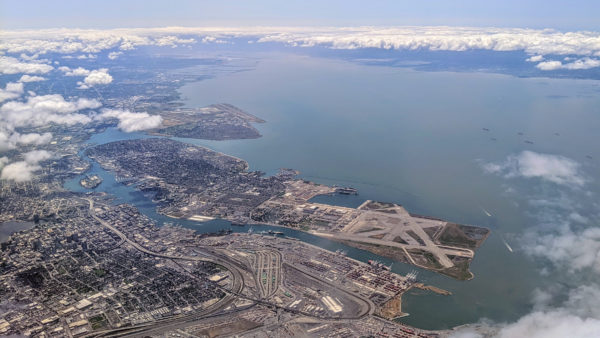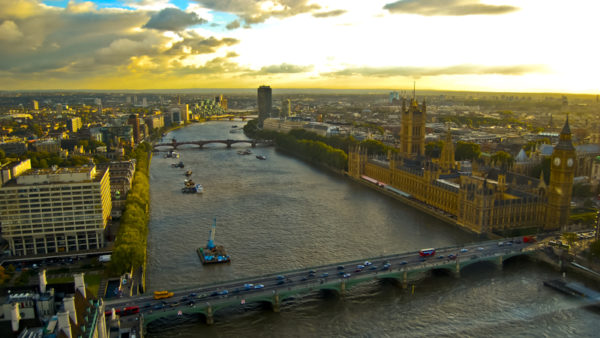Yesterday saw the official launch of the Netherlands’ Presidency of the Council of the European Union, and for the next six months top European Union officials will descend on Amsterdam for hundreds of high-level meetings.
It comes at a turbulent time for the EU, whose cohesion is being tested by the migrant crisis and Britain’s threat to quit unless controversial reforms are passed.
But for a team of Dutch designers, it’s also a chance to show off cutting edge building techniques, including 3D printing and modular, demountable buildings.
It is wonderful to see how passers-by sit in the fa̤adeРMartijn van Wijk, DUS Architects
Since the revolving presidency is held for only six months, the Netherlands decided on a campus of temporary buildings to accommodate ministers and other top officials.
The focus of diplomatic activity will be the Europe Building, at Amsterdam’s historic naval dockyard, the Marine Etablissement.
The modular and demountable building, 20m x 35m in area, was built by Neptunus, while the entrance and bio plastic façade, intended to recall billowing white sails, was designed by DUS Architects and Heijmans, using 3D printing techniques.
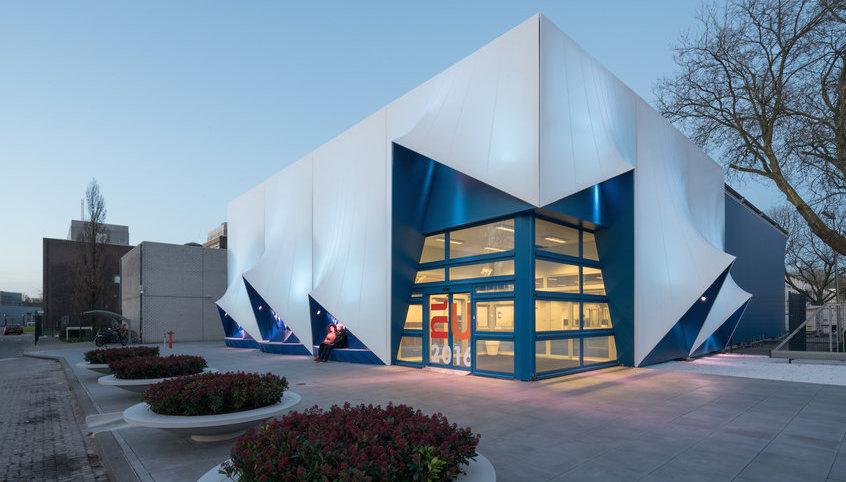
The elements are produced locally with a 3D printer able to print elements of 2m x 2m x 3.5m using Fused Deposition Modelling (FDM) technology (Heijmans)
A total of 135 meetings will take place in the building, exposing 17,500 officials, including many top ministers, to modern methods of construction, said Heijmans, a Dutch construction company involved with innovative projects including Amsterdam’s 3D printed steel bridge and glow-in-the-dark roads.
Under the sails are benched alcoves, also designed and printed using 3D techniques. At sunset, the benches and back façades are illuminated with slowly-pulsating spotlights.
"It is wonderful to see how passers-by sit in the façade. It really becomes a public place to stay," said Martijn van Wijk of DUS Architects.
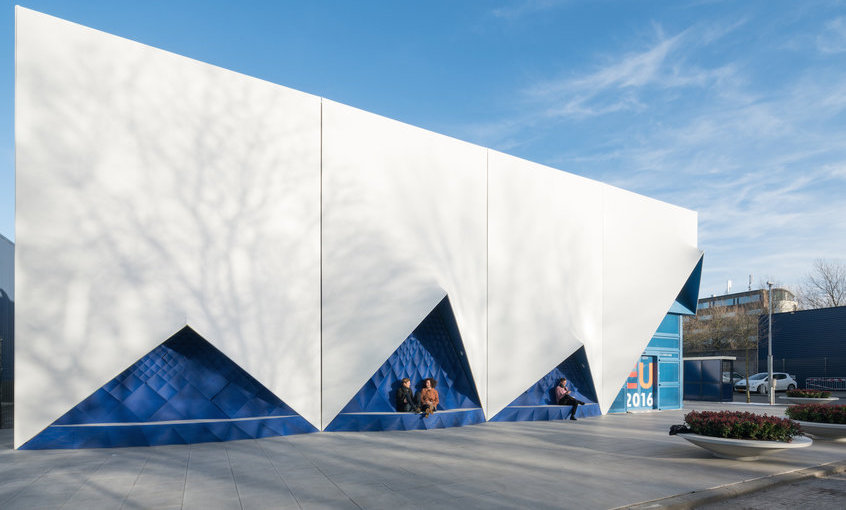
A total of 135 meetings will take place in the building, exposing 17,500 officials to modern methods of construction (Heijmans)
According to Heijmans the elements are produced locally with a large 3D printer able to print elements of 2m x 2m x 3.5m using Fused Deposition Modelling (FDM) technology.
With this technique, bio plastic is melted and built up layer by layer with a computer-controlled printer head. Heijmans says the print layers of the production process are clearly visible in the end product.
Top photograph: The focus of diplomatic activity will be the demountable Europe Building, at Amsterdam’s historic naval dockyard (Heijmans)





